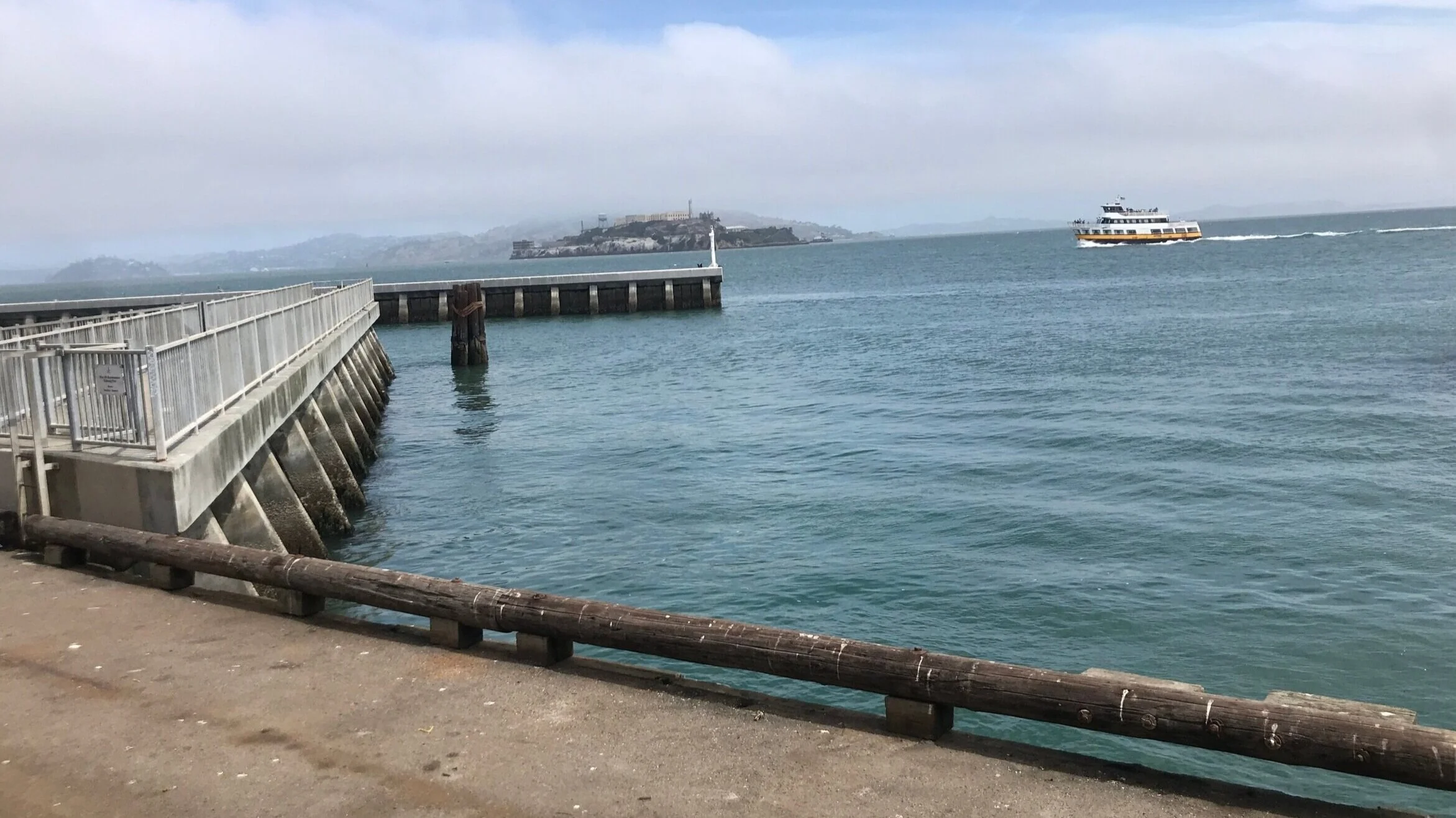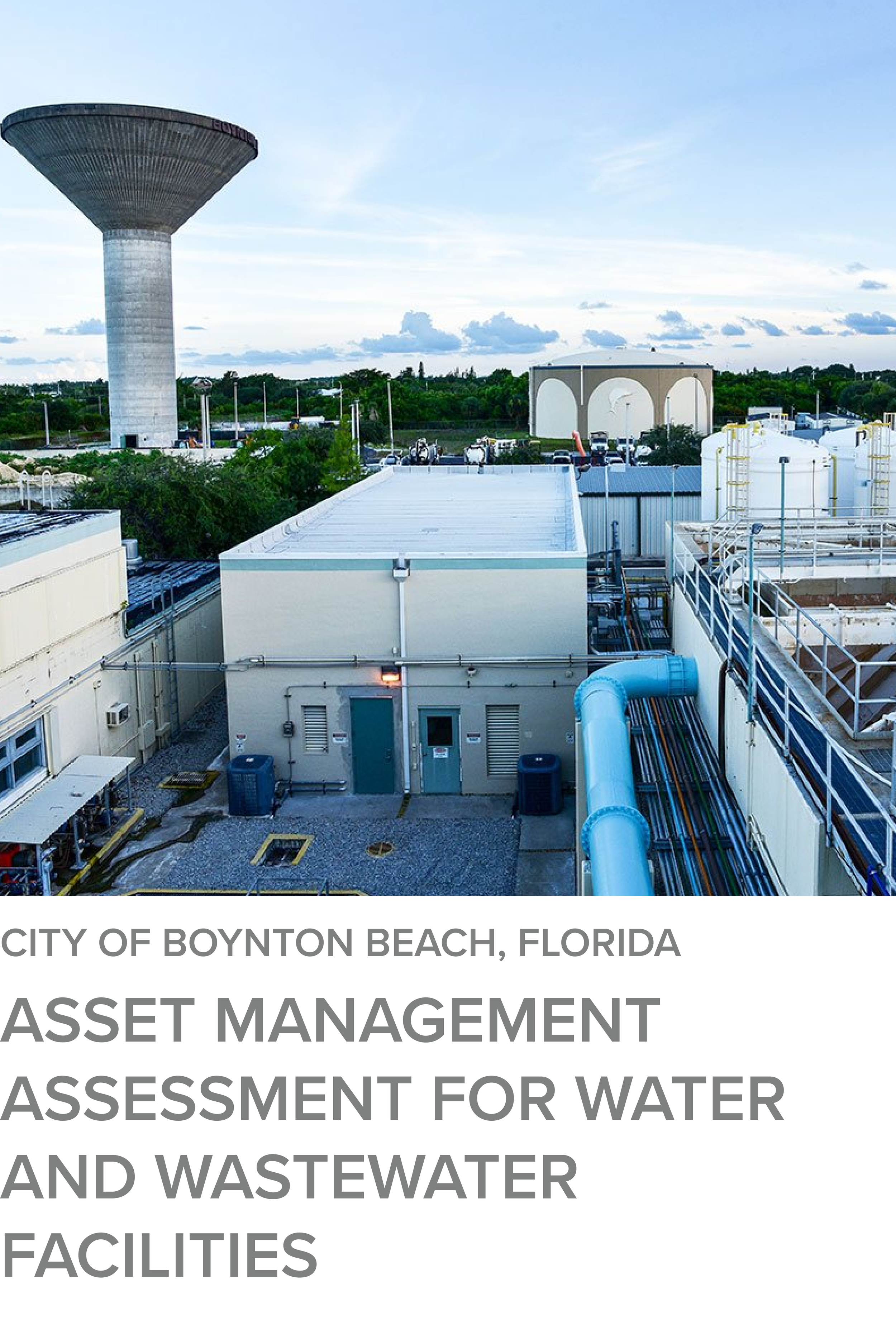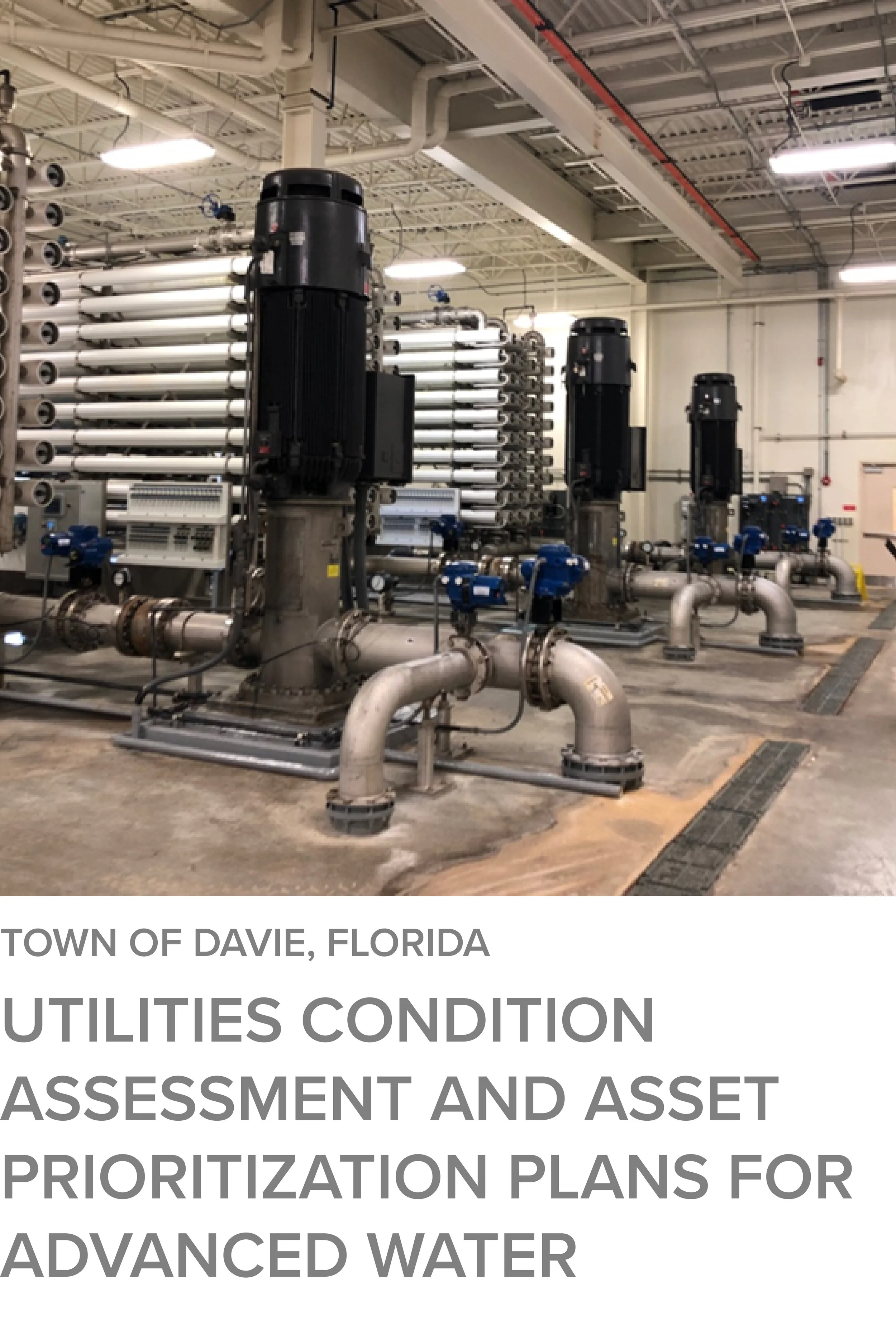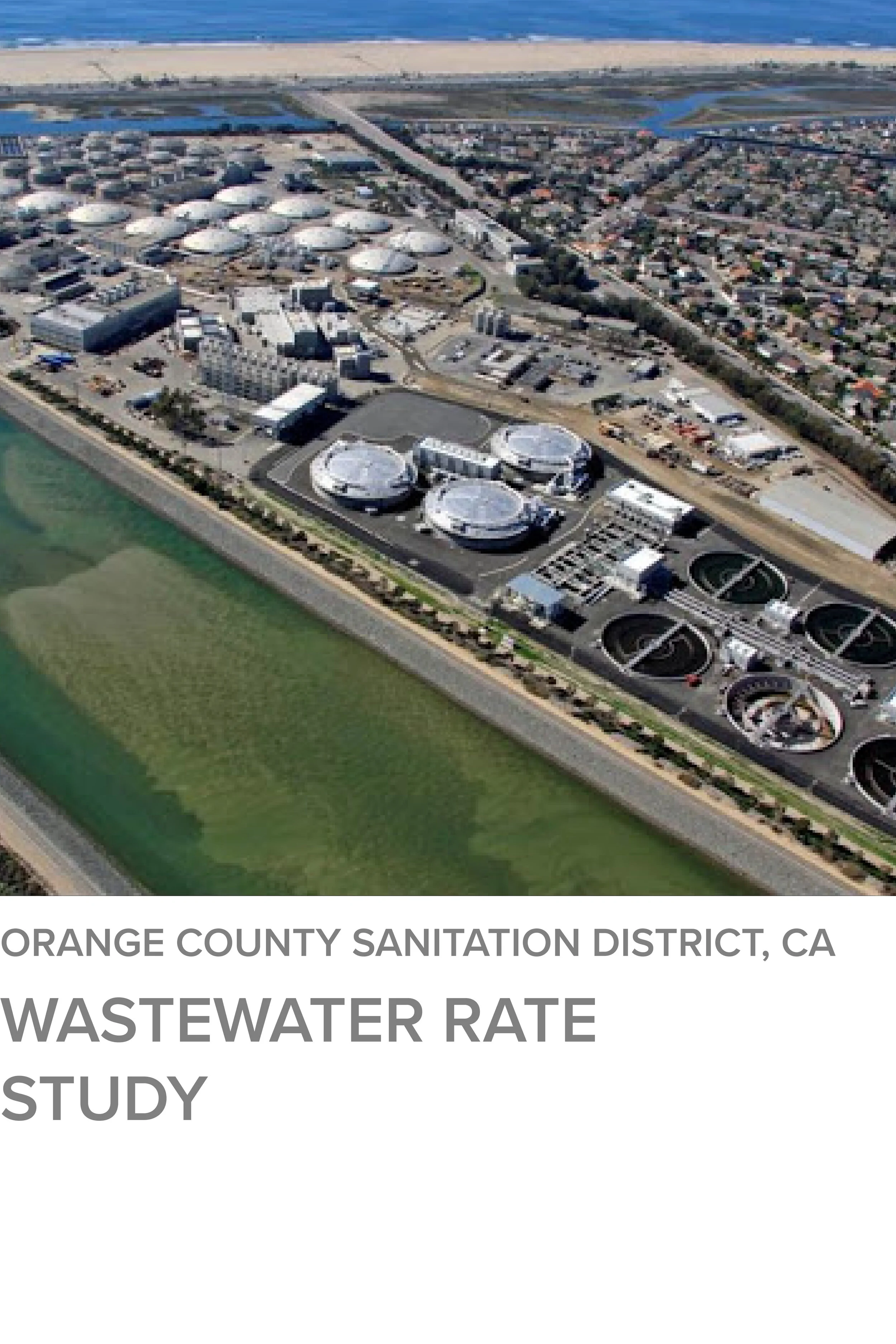Asset Condition Assessment Study of Port Facilities
Port of San Francisco, California
Project
Highlights
- Condition assessment of seven piers (above and below deck) and ten Port facilities.
- Led a multidiscipline inspection team.
- Developed a risk-based prioritization plan.
- Identified repair/replacement costs over a 30-year planning horizon.
PROJECT GOALS, ACHIEVEMENTS, AND BENEFITS
McDonald McGovern Engineers led a specialized engineering team in the field condition assessment of all mechanical, electrical, plumbing, and fire prevention (MEPF) assets for seven (7) piers and ten (10) structures for the Port of San Francisco and developed estimated repair/replacement costs for all assets. The plumbing assets were some of the more challenging in terms of assessing condition, and included all potable water supply, wastewater conveyance, fire water supply piping and supporting ancillary systems above deck, below deck and within the pier facilities.
The approach included a detailed walk-through of all 7 piers and 10 structures to become intimately familiar with the MEPF systems and their unique requirements in terms of their site-specific conditions and requirements for performance. The MME Team developed a site-specific scoring rubric and ranking scale for the condition of all MEPF assets, as well as assigned the criticality of each asset in terms of importance in meeting mission-critical function and performance.
Each MEPF system was further assessed to identify the remaining useful life of all assets, and their associated ranking for repair/replacement. An engineering assessment was also performed on all critical MEPF systems as to the need to modify the original design to accommodate updated code compliance requirements, and/or performance and cost-effectiveness. For example, this included developing a conceptual design for rehabilitation of the below deck sewer system with new Low Pressure Sewer (LPS) System for five of the piers.
The work included the development of computational predictive models to estimate the need, costs, and timing of repair and/or replacement projects to return each asset to its original life, and to meet desired performance objectives and to improve reliability. This effort included development of a Conceptual Design Report (CER) for meeting American Disability Access (ADA) Compliance requirements for all publicly accessible facilities. Major deliverables included an interactive Asset Inventory and Condition Database, and an integrated engineering and financial Repair and Replacement Capital Improvement Plan (CIP) Model (Excel-based).
The CIP Model allows Port Utility Managers to balance investments and timing of R&R improvements to maximize the return on their investment over the 30-year planning horizon.









